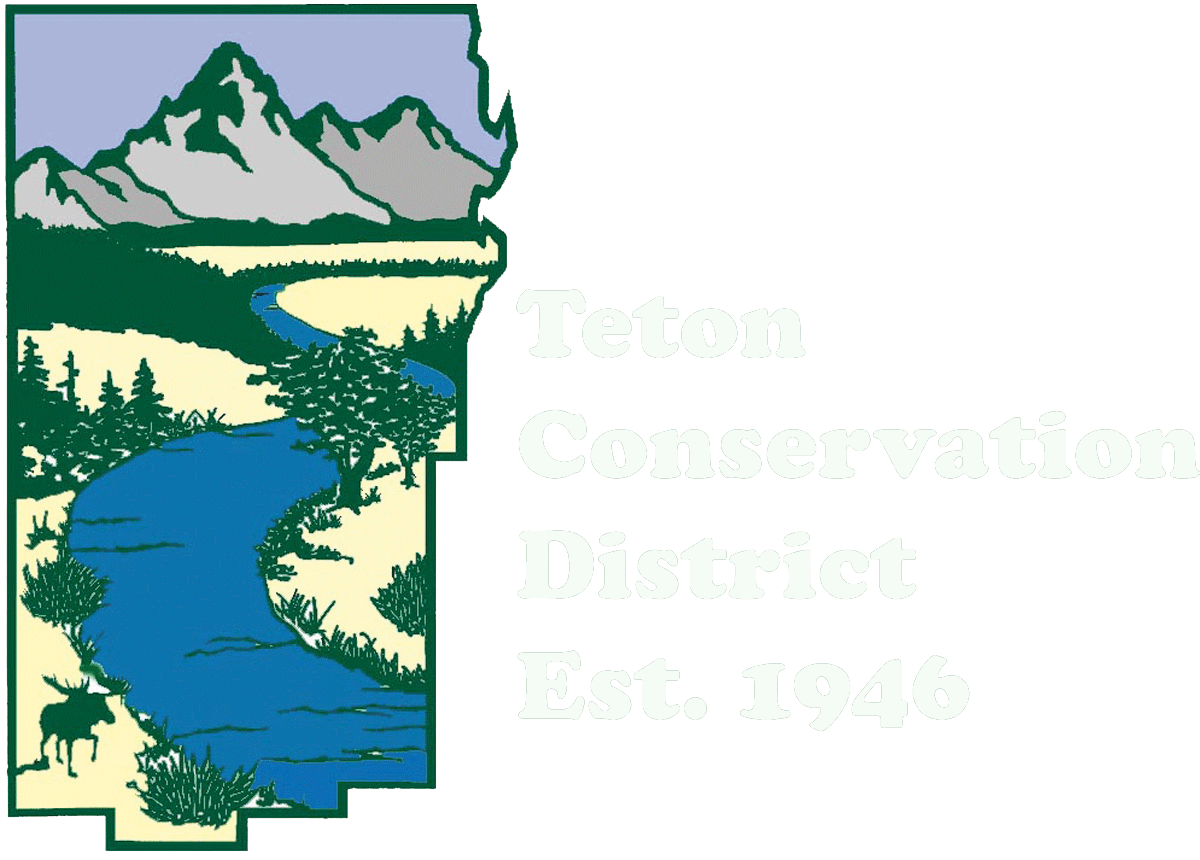Everybody says we’re in a drought…but how do we know?
As the summer progresses and streamflows recede, it’s becoming increasingly apparent that Teton County is in a “Severe Drought.”
In summer and fall 2021, we observed 30-year low streamflows in a few tributaries, including the Buffalo Fork, the Gros Ventre, Pacific Creek, Cache Creek, and others. While the heavy precipitation earlier this summer devastated portions of Yellowstone with severe flooding, it also prevented drought conditions from becoming much worse than they could have been this year (so far). Nonetheless, it will take more than a few big storms to recover from this drought. We’re seeing indications of drought across the valley, from period-of-record low groundwater levels near the Jackson Hole Airport to below average streamflows. In this post, we summarize a few ways that drought conditions are monitored.
U.S. Drought Monitor
As of July 29, the majority of Teton County is currently experiencing “Severe Drought” conditions, particularly south of Yellowstone. Drought conditions are provided by the U.S. Drought Monitor and are calculated using a combination of precipitation, temperature, soil moisture, vegetation health, and streamflow data.
US Drought Monitor for Wyoming. 67% of Teton County is currently experiencing severe drought conditions.
Groundwater
While the U.S. Drought Monitor is useful for broadly characterizing conditions across the state and country, we also look at groundwater to monitor more localized conditions A groundwater well near the Jackson Hole Airport has been sampled continuously since 2010 by the U.S. Geological Survey (USGS) and provides the depth to groundwater. Currently, groundwater levels are the lowest that we have observed in the twelve-year period of record from 2010 to 2022.
Groundwater levels near the Jackson Hole Airport. This well has been monitored continuously since 2010. The gray area represents the daily range of groundwater depth from 2010-present. The dashed line represents the daily mean.
Soil Moisture
Soil moisture, another commonly used drought indicator, represents the total water content in the soil. We reference soil moisture percentile data to estimate soil moisture. The 50th percentile represents the median. Currently, soil moisture in Teton County is below average, ranging from the 10th to 30th percentile.
Surface Water
We have been observing streamflows in tributaries and rivers in Teton County and comparing them to what is expected for this time of year. While streamflows are up compared to 2021, the vast majority are still below average. See below for a plot of nine streamgages in the Upper Snake River watershed.
USGS discharge data from some of the streamgages in the Upper Snake River watershed. The gray area represents the daily range of discharge for the period of record. The dashed line represents the daily mean.
Want to learn more about drought conditions?
Teton Conservation District provides drought summary email blasts to collaborators, water professionals, and interested individuals . These emails are delivered every two weeks and are fondly called “DroughtReach” (Drought Outreach). Interested parties can be added to the DroughtReach email list by contacting David Lee at david@tetonconservation.org.

